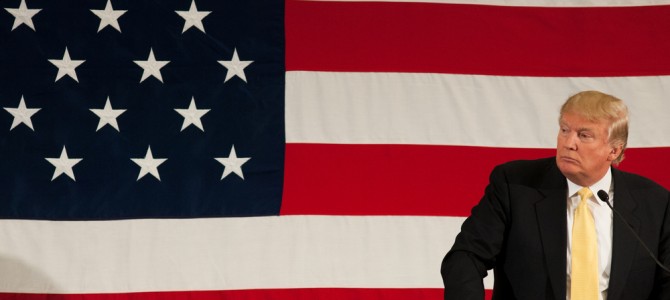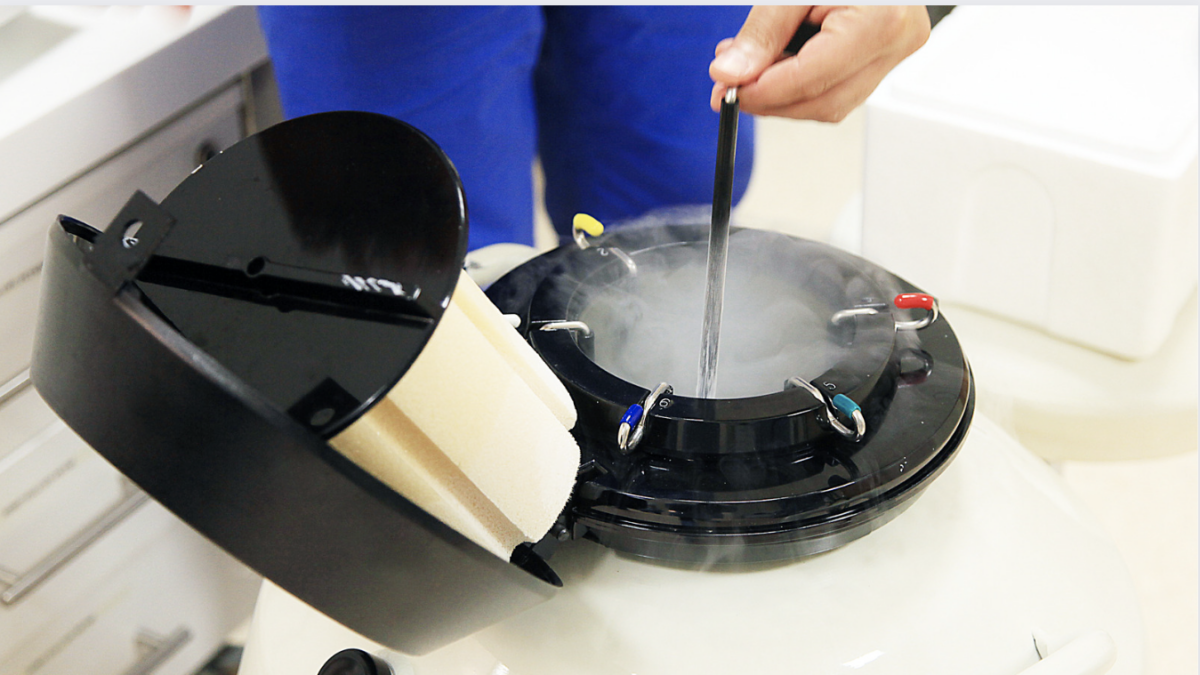
The mainstream press continues to blame President Trump for their credibility woes, without so much as a hat tip to the role their own outlets have played in feeding the trend of distrust by conducting a lot of bad journalism.
In a report on the public’s growing skepticism of the media under Trump, the Associated Press did not mention the pattern of inaccurate, sloppy, reckless, and flat-out false stories from mainstream outlets that has marked the Trump-era of journalism. “Trump has done his part to blur the lines between real and not,” the AP reported, completely ignoring how easy journalists have made it for the president to play this game by feeding him a constant stream of botched reports.
The outlook is bad for media credibility. Poll after poll finds public confidence in the press is at historic lows. The AP cites a Pew Research Center report that two-thirds of Americans believe “fabricated news” is causing a “great deal of confusion” about basic facts, and a poll conducted by NORC at the University of Chicago found the percentage of Americans expressing a “great deal of confidence” in the press has fallen from 28 percent in 1976 to just 8 percent in 2016.
The American Press Institute put the percentage at an even lower 6 percent in an April 2016 survey, which also found 85 percent of Americans rate getting the facts right as extremely or very important, and prioritize that metric most highly when deciding which news outlets to trust. “Accuracy is the paramount principle of trust,” the survey noted.
“Interviews across the polarized country as well as polling from Trump’s first year suggest people seek out various outlets of information, including Trump’s Twitter account, and trust none in particular,” the AP reported.
From Trustworthy Observers to Partisan Warmongers
Politico’s Michael Calderone demonstrated zero concern with or understanding of the role the press has played in this credibility mess when he remarked on the AP report Tuesday. “I’m all for scrutiny, even skepticism, of the news media when warranted,” he wrote in his Morning Media newsletter. “But the AP piece shows how dramatically Trump has accelerated wholesale distrust of the reality-based press, to borrow a phrase from Margaret Sullivan, and helped muddy the waters when it comes to a shared set of facts.”
Trump’s war on the media is very real, and certainly damaging. But this “reality-based” press Calderone writes of has unabashedly and explicitly sacrificed bedrock standards of journalism in attempts to neutralize Trump. That has cost them credibility that is likely far more threatening to democracy in America, given that the press optimally plays a critical role in keeping government accountable. If the media cries “wolf” too many times, when one shows up the people won’t believe them.
The New York Times in particular was stunningly explicit about its change in editorial direction back in August 2016, when it featured a Jim Rutenberg column on the front page. He wrote he and his peers were ready to “throw out the textbook” of fair journalism and pursue an “oppositional” role.
Indeed, outlets including The New York Times, The Washington Post, and the AP have since been forced to issue embarrassing corrections to stories as a result of publishing reports that failed on such basic tenets as reaching out to the subject of the story, not relying too heavily on anonymous sources, checking sources, and conducting a basic review of the facts. And then there’s CNN, which has delivered Trump a shockingly constant stream of shoddy and bizarre reporting that reinforced his designation of the network as “fake news.”
Rutenberg later wrote in the aftermath of Trump’s win: “The news media by and large missed what was happening all around it, and it was the story of a lifetime. The numbers weren’t just a poor guide for election night — they were an off-ramp away from what was actually happening.”
Don’t Believe Fake News Is Real? Check This
Media reports have continued to serve as an “off-ramp” away from reality, as has already been thoroughly documented here, here, here and here. Let’s review a sampling of these incorrect reports from the big outlets.
In one of many Russia “bombshells” that turned out to be a dud, The Washington Post reported Russian hackers successfully penetrated the U.S. power grid in a December 2016 story sourced to anonymous U.S. officials. Within hours of the story’s publication, the electric company that was the subject of the report released a statement clarifying the computer that was “hacked” was not connected to the power grid. Turned out the whole thing could have been as simple as an employee using a work computer to visit an infected website.
Astonishingly, The Washington Post apparently did not reach out to the power company before hitting publish. The outlet heavily revised the story in the hours following publication, but did not add a correction until half a day later.
In another anonymously sourced report in June 2016, CNN claimed the Senate was investigating Trump adviser Anthony Scaramucci because of his ties to a Russian investment banker. After Scaramucci contested the story, CNN quickly deleted and retracted the story, and issued an apology. The network also fired the reporter and two editors who worked on the story, implemented new standards for Russia stories, and later pulled its investigative team off the Russia story altogether.
That wasn’t enough to stem the tide of botched reports from CNN, however. More recently, one of the network’s star political reporters, Manu Raju, had to explain on TV how he screwed up a report claiming the Trump campaign got a heads-up before WikiLeaks published stolen Democratic National Committee emails. Raju apparently did not view a copy of the email before running his report, which when obtained by The Daily Caller revealed it was given to the campaign after the documents had already been made public. This CNN report was also based on anonymous sources.
Okay, here’s a fun one on climate change. The New York Times claimed in September to have exclusively obtained and made public a report on climate change that scientists quoted by the paper were worried the Trump administration would try to suppress. Soon after the story was published, scientists who actually worked on the report pointed out it had been online since January, and told the Associated Press they “have not heard of or witnessed any attempt by the White House to suppress or censor the scientific document.” The paper was forced to correct the story.
One of the most bizarre New York Times corrections, though, was to a Maggie Haberman piece on Trump and Russia. Haberman repeated a thoroughly debunked liberal talking point in her story, falsely claiming it is a “basic fact” that all 17 intelligence agencies came to the same conclusion on Russian meddling in the election. For reasons not made explicit, the paper issued a poorly worded correction regarding the claim that seemed designed to obfuscate the error rather than clear it up.
That same day the AP issued a statement of “clarification” about that same false claim, conceding it’s not the case that all 17 agencies agreed on Russian meddling, although the outlet had been floating the claim in Trump-Russia stories for months.
In fact, the “17 agencies agree” claim, which bounced around in the press for nine months before these corrections, originated with Democratic presidential candidate Hillary Clinton, who first used the phrase in the third presidential debate. A bit of skepticism and a simple Google search would have revealed the problem with her claim the night of the debate, when fact checkers including The New York Times rated the claim true.
At least half of the 17 agencies (Geospatial intelligence?) obviously had nothing to do with the Russian meddling investigation, even if they technically signed on to the Director of National Intelligence assessment. A few months later, former DNI director James Clapper reiterated the truth in a high-profile congressional hearing. It was also debunked by conservative outlets. Yet the claim went unchecked for close to a year.
There are so many more examples like these of reckless, sloppy, and false reports coming out of esteemed media outlets in Washington and New York in the past few years. The blame for their continued loss of credibility with the general public, which is bad for journalism and bad for the country, cannot be placed solely with President Trump.









